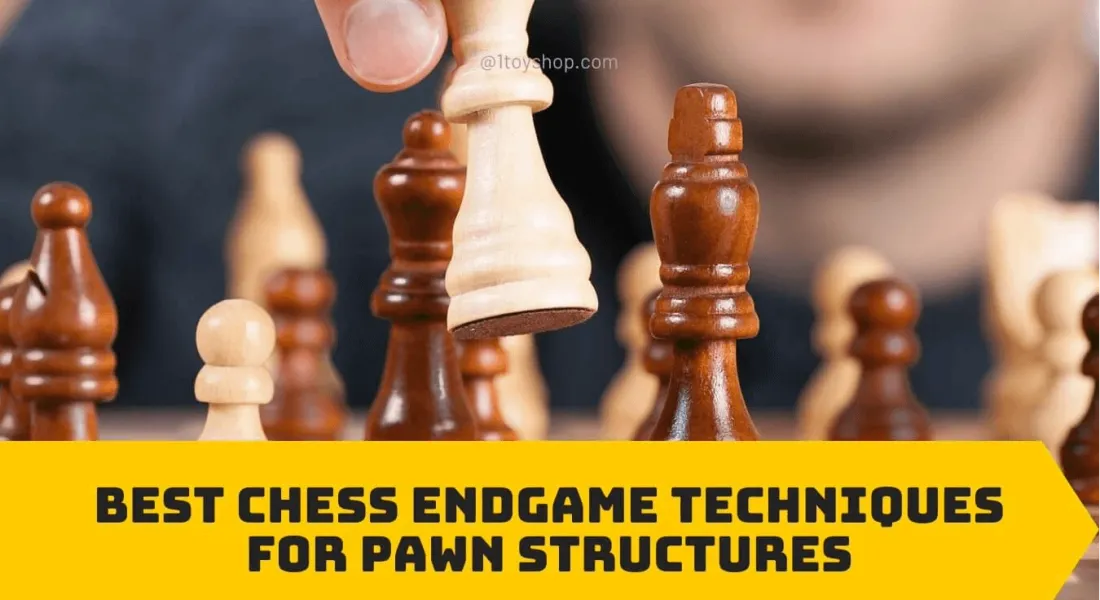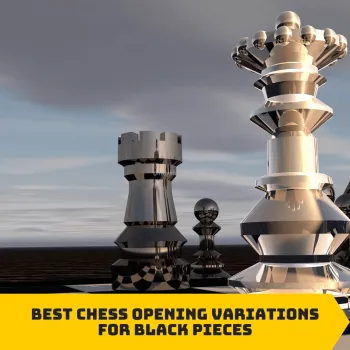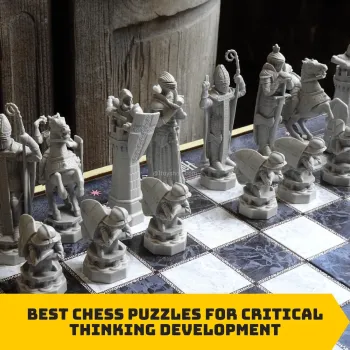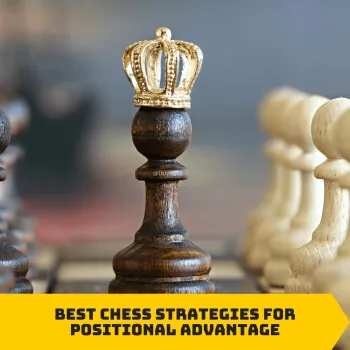
To Get More Wonderful Toys And Take Discount Today. Click On The Image.
Chess, often referred to as the game of kings, is a battle of wits that culminates in the endgame. This critical phase of the game is where matches are won or lost, and understanding pawn structures is key to success. In this comprehensive guide, we'll explore the best chess endgame techniques for pawn structures, providing valuable insights for players of all levels.
The Importance of Pawn Structures in Chess Endgames
Pawn structures form the backbone of any chess position, particularly in the endgame. They dictate the flow of the game, create weaknesses and strengths, and often determine the outcome of the match. A deep understanding of pawn structures is essential for any chess player looking to improve their endgame skills.
Key Concepts in Pawn Structures
Pawn islands
Pawn chains
Isolated pawns
Doubled pawns
Passed pawns
Each of these elements plays a crucial role in shaping the endgame landscape. Let's delve deeper into how these concepts influence endgame techniques.
Exploiting Pawn Weaknesses
One of the fundamental chess endgame techniques is identifying and exploiting pawn weaknesses in your opponent's structure. This skill can often be the difference between victory and defeat.
Isolated Pawns
Isolated pawns are those without friendly pawns on adjacent files. They are particularly vulnerable in the endgame as they require constant protection from pieces. To exploit an isolated pawn:
Blockade the pawn with a piece
Attack the pawn with your own pawns
Use the squares in front of the isolated pawn as outposts for your pieces
Doubled Pawns
Doubled pawns occur when two pawns of the same color occupy the same file. They are generally considered a weakness because they are immobile and can't defend each other. To take advantage of doubled pawns:
Create passed pawns on adjacent files
Apply pressure on the doubled pawns to tie down your opponent's pieces
Use the weakness as a long-term target in your strategic plan
Creating and Advancing Passed Pawns
Passed pawns are those with no opposing pawns in front of them on the same file or adjacent files. They are potent weapons in the endgame, often deciding the outcome of the match.
Techniques for Creating Passed Pawns
Pawn breaks to open up the position
Exchanging pawns to create a passed pawn
Sacrificing a pawn to create two connected passed pawns
Advancing Passed Pawns
Once you have created a passed pawn, the next step is to advance it towards promotion. Here are some key techniques:
Use your king to support the pawn's advance
Create a second weakness to divide your opponent's attention
Employ the "principle of two weaknesses" by attacking on both sides of the board
"The pawns are the soul of chess." - François-André Danican Philidor
The Art of Pawn Majority
A pawn majority is when one side has more pawns than the other on a particular side of the board. This advantage can be crucial in the endgame, as it allows for the creation of a passed pawn.
Utilizing Pawn Majority
Advance your pawn majority to create a passed pawn
Use your king to support the pawn advance
Prevent your opponent from creating counterplay on the other side of the board
It's important to note that a pawn majority is only an advantage if it can be effectively utilized. Sometimes, a pawn minority can be advantageous if it leads to a more active piece play.
The Concept of Zugzwang in Pawn Endgames
Zugzwang is a situation in chess where any move a player makes will worsen their position. This concept is particularly powerful in pawn endgames.
Creating Zugzwang Positions
Restrict your opponent's piece mobility
Force your opponent's king to move away from key squares
Use triangulation to lose a tempo and force your opponent to move first
Understanding and applying the concept of zugzwang can often be the key to converting a seemingly drawn position into a win.
The Role of the King in Pawn Endgames
In the endgame, the king transforms from a piece that needs protection to an active fighting unit. Its role in supporting pawn structures and creating passed pawns cannot be overstated.
King Activation Techniques
Centralize your king early in the endgame
Use your king to support pawn advances
Cut off the opponent's king from critical squares
Remember, in pawn endgames, king activity often trumps material advantage. A well-placed king can neutralize a material deficit and even turn the tables on the opponent.
Practical Application: Analyzing Famous Endgames
To truly understand these chess endgame techniques for pawn structures, it's beneficial to study famous endgames played by chess masters. Let's briefly analyze a classic example:
Capablanca vs. Tartakower, New York 1924
In this famous endgame, Capablanca demonstrated masterful use of the passed pawn and king activation. He created a passed pawn on the queenside, used his king to support its advance, and simultaneously prevented his opponent's counterplay on the kingside. This game beautifully illustrates the principles we've discussed.
Conclusion
Mastering chess endgame techniques for pawn structures is a lifelong journey. It requires not only theoretical knowledge but also practical experience and intuition developed through countless games. The techniques we've explored – exploiting pawn weaknesses, creating and advancing passed pawns, utilizing pawn majority, understanding zugzwang, and activating the king – form the foundation of strong endgame play.
Remember, each game of chess is unique, and while these principles provide a solid framework, the true art lies in adapting them to the specific position on the board. Regular practice, analysis of your own games, and study of grandmaster endgames will help you develop the skills needed to excel in this crucial phase of the game.
As you continue to refine your endgame technique, you'll find that your overall chess strength improves dramatically. After all, a strong endgame player is a formidable opponent at all stages of the game. So, take these techniques to heart, apply them in your games, and watch as your chess prowess grows. The journey to mastering chess endgames is challenging but immensely rewarding. Enjoy the process, and may your pawns always find their way to promotion!
Source: Team 1ToyShop (1.T.S) compiled, analyzed and wrote.

Best Chess Opening Variations For Black Pieces
Author name
24.07.2024
Mastering the Opening: Essential Chess Variations for Black Pieces

Best Chess Puzzles For Critical Thinking Development
Author name
23.07.2024
The Power of Chess for Mental Growth
Chess, the age-old game of kings and queens, has long been celebrated for its ability to sharpen the mind. But did you know that solving chess puzzles can be just as beneficial as playing a full game?

Best Chess Strategies For Positional Advantage
Author name
24.07.2024
Mastering the Art of Positional Chess: Strategies for Long-Term Advantage
